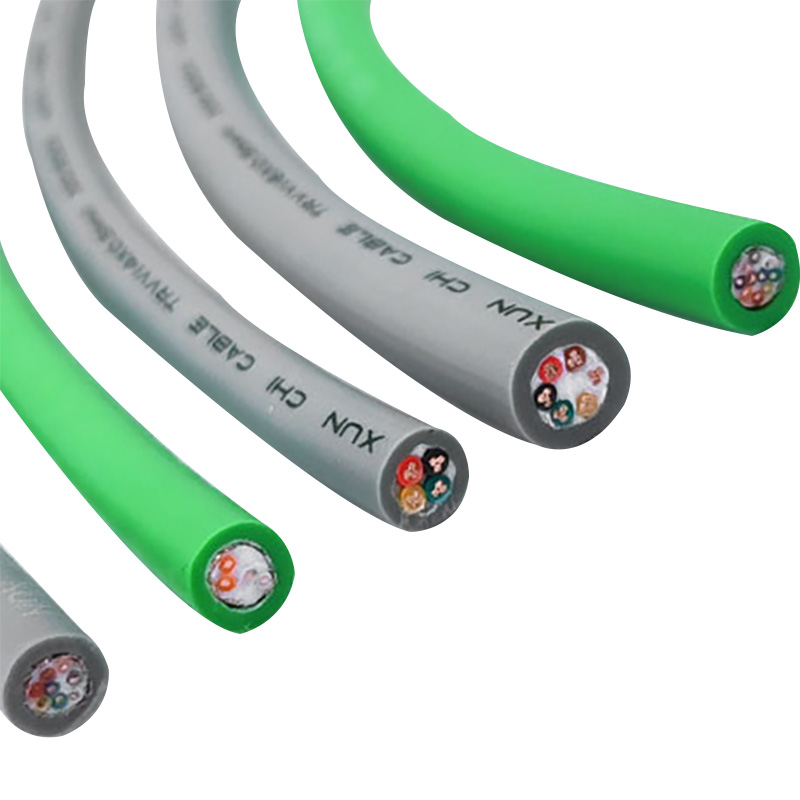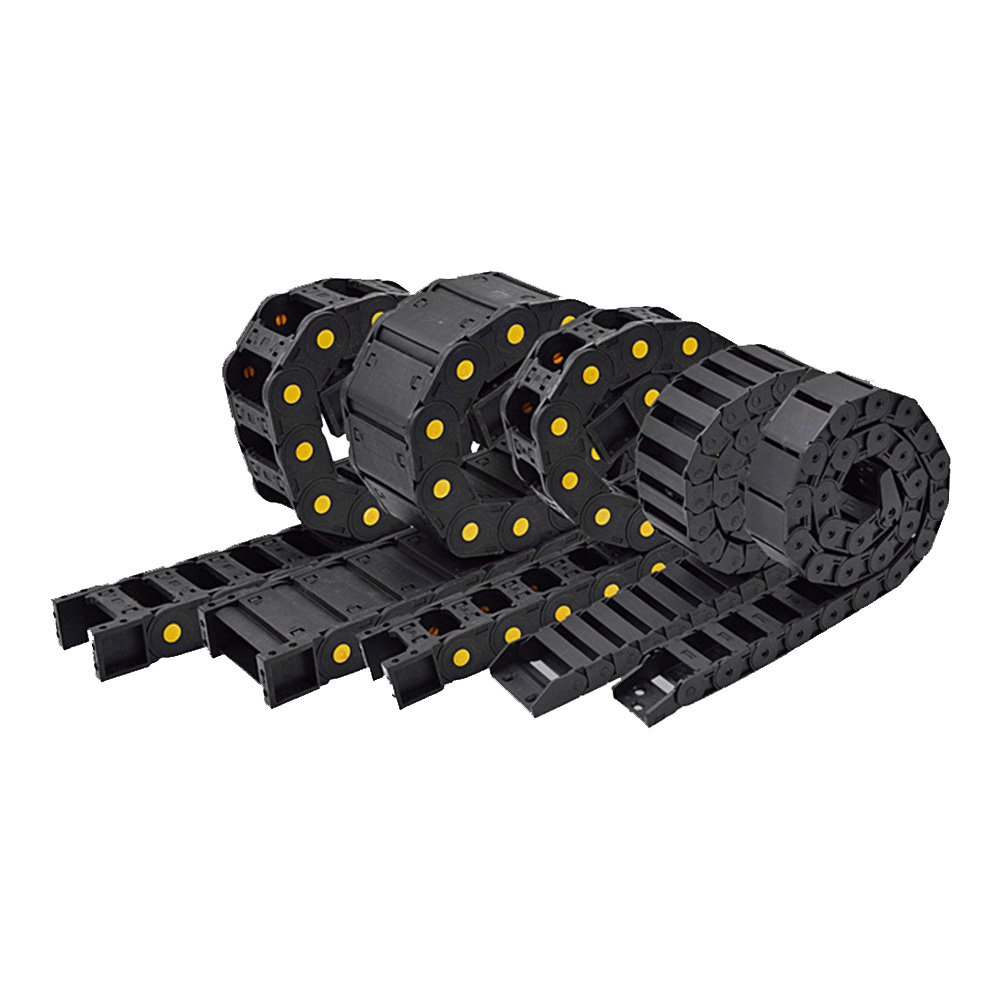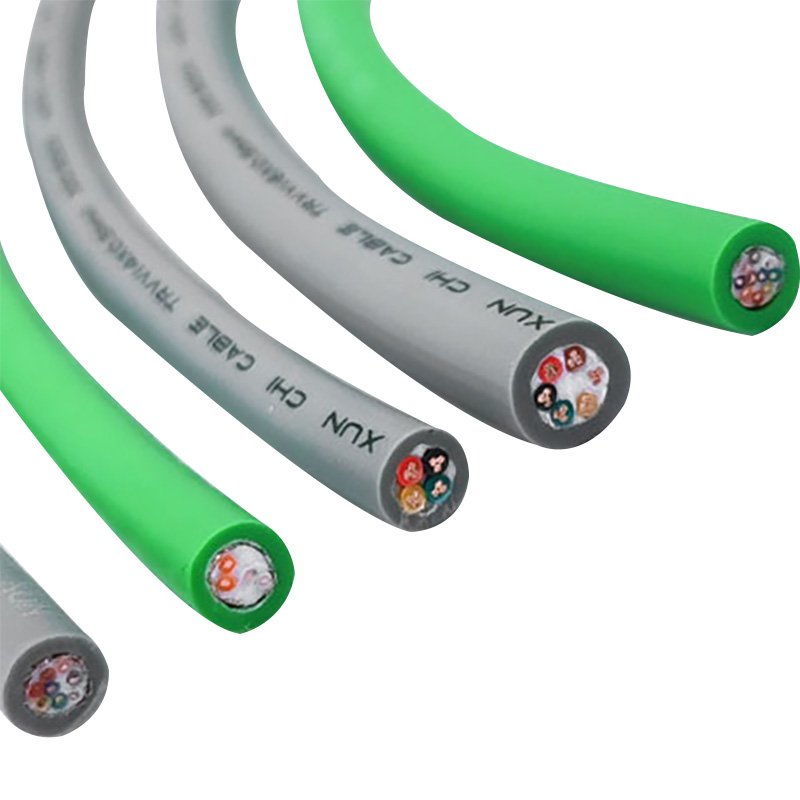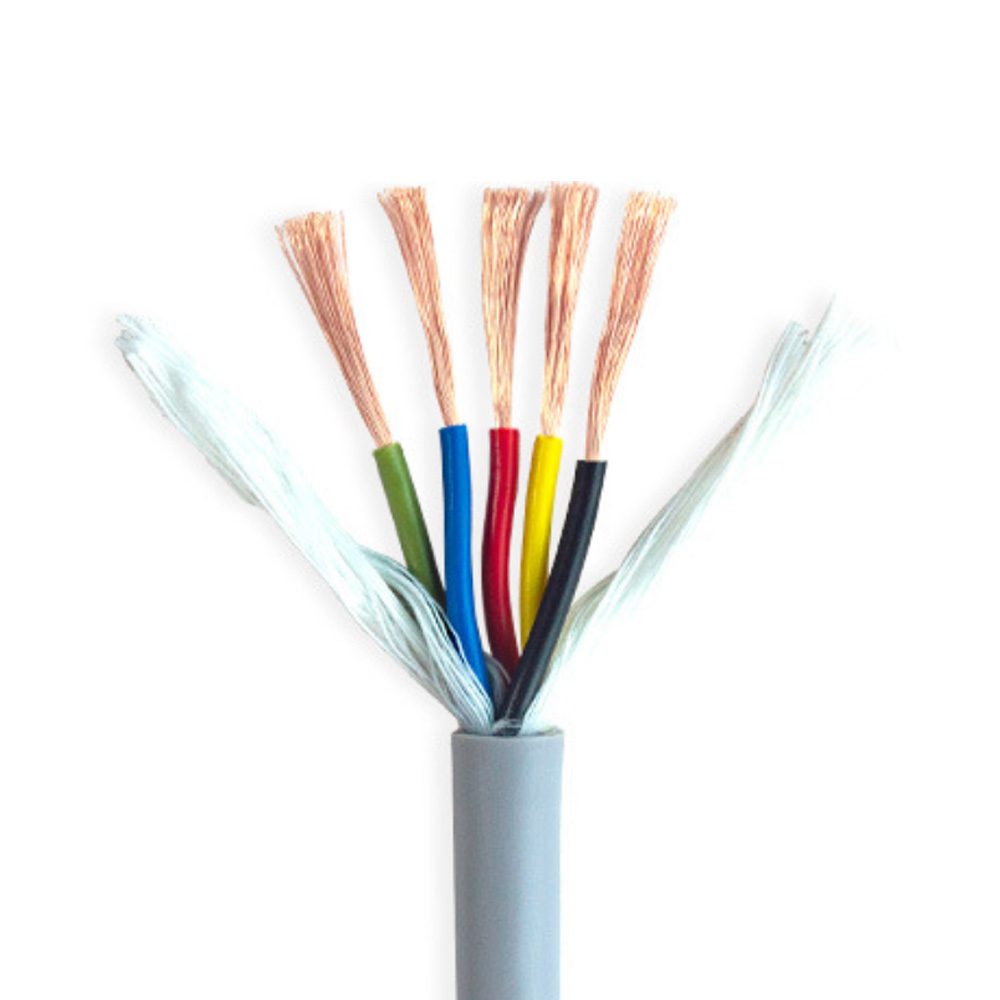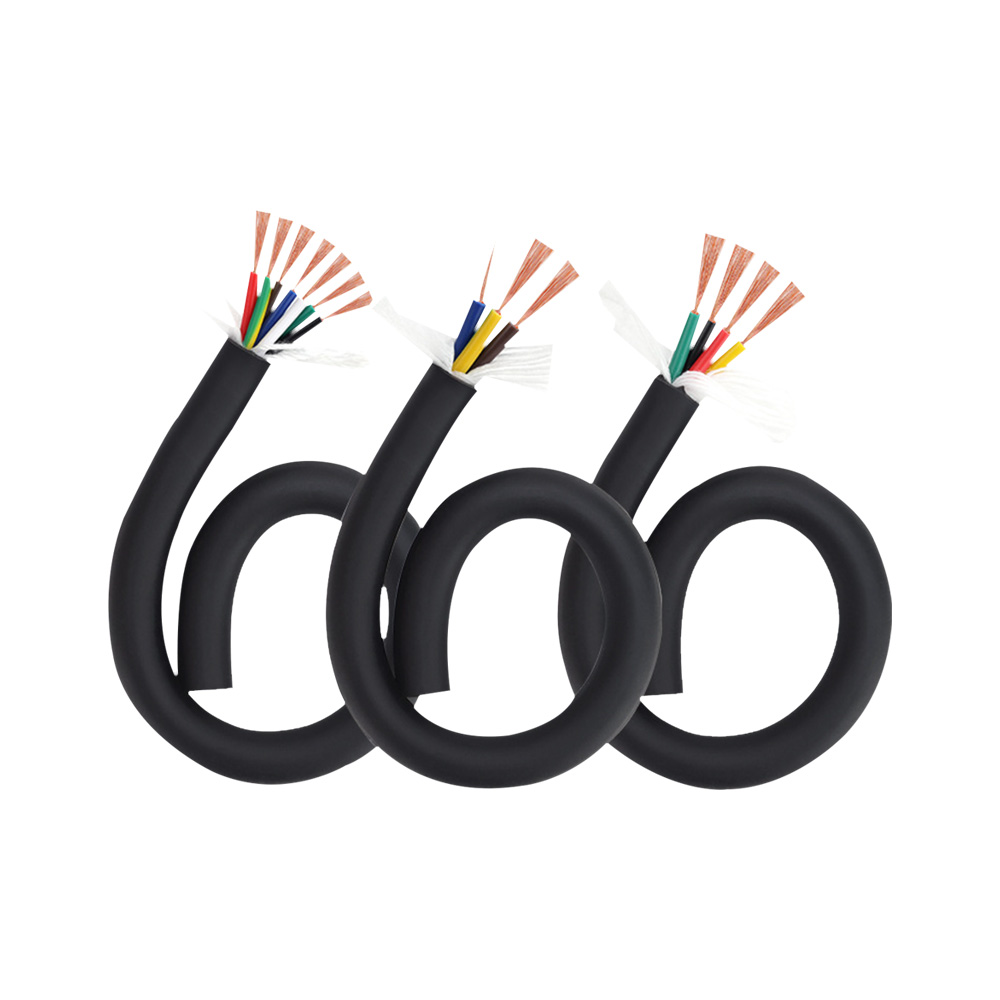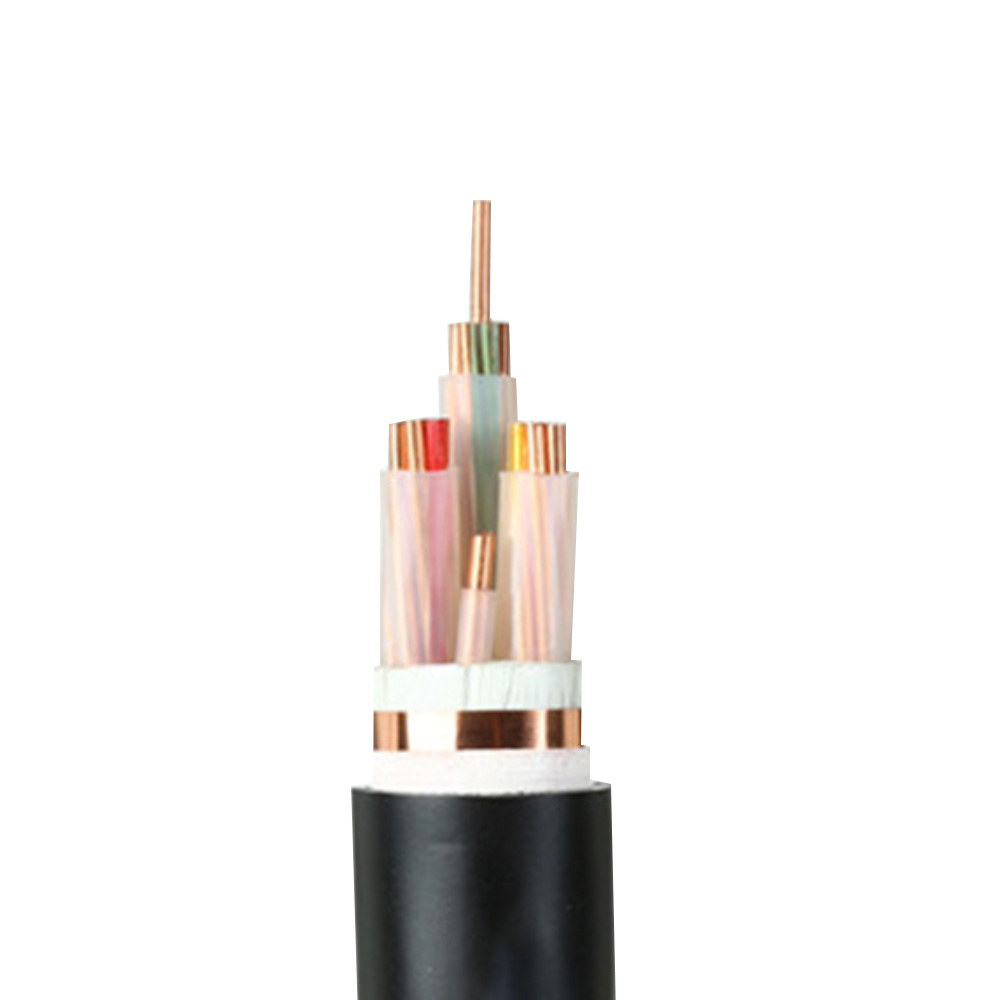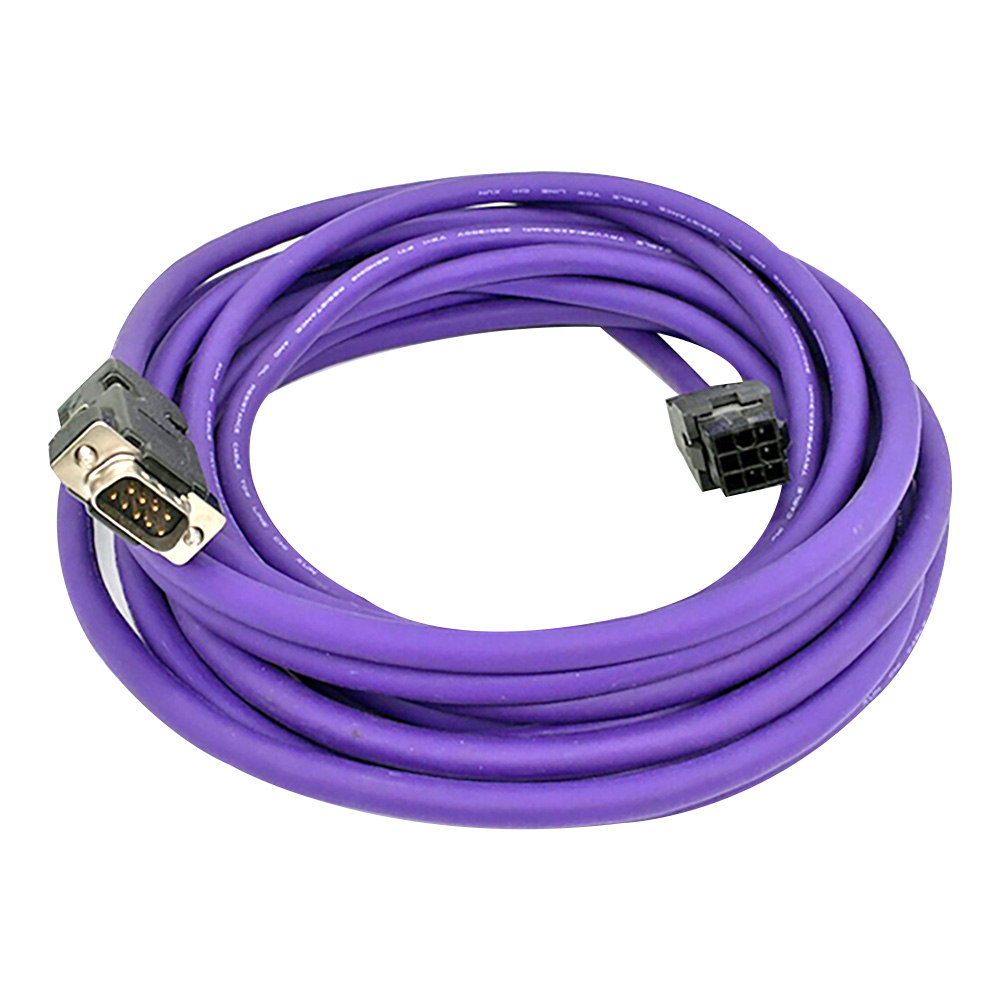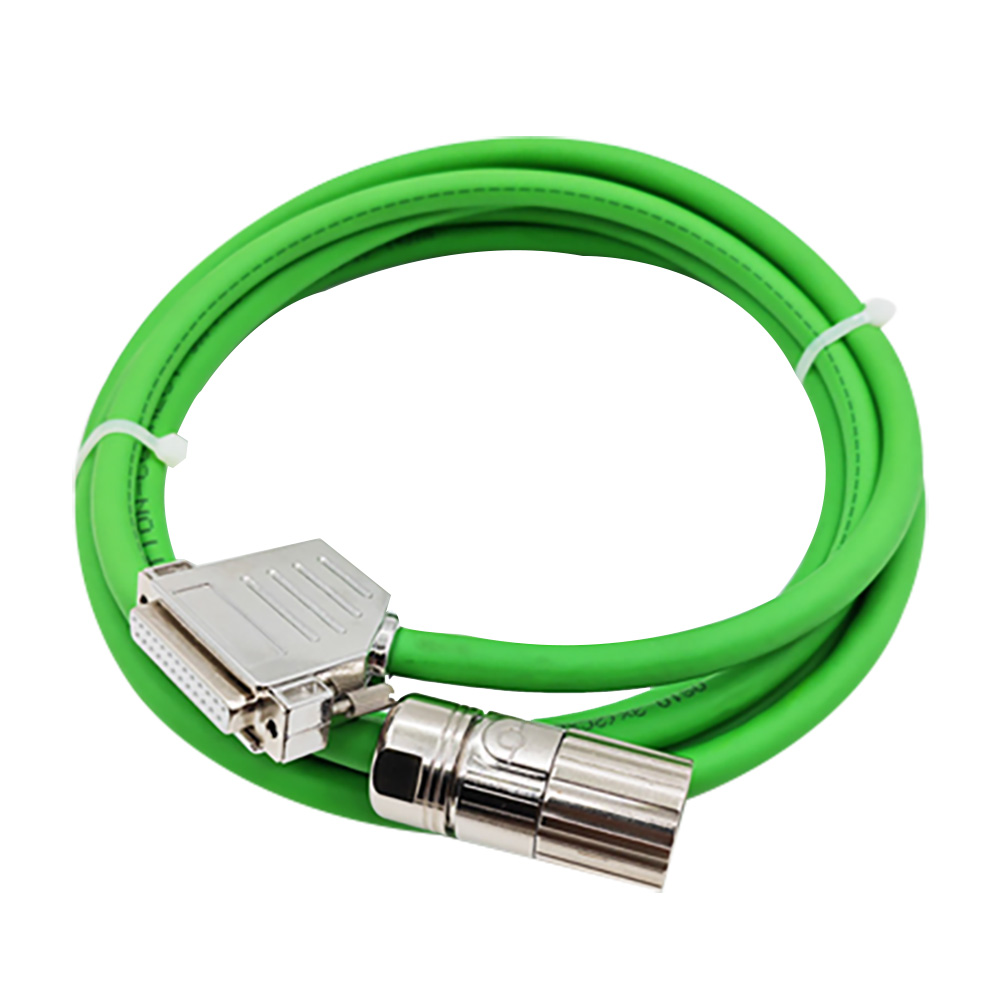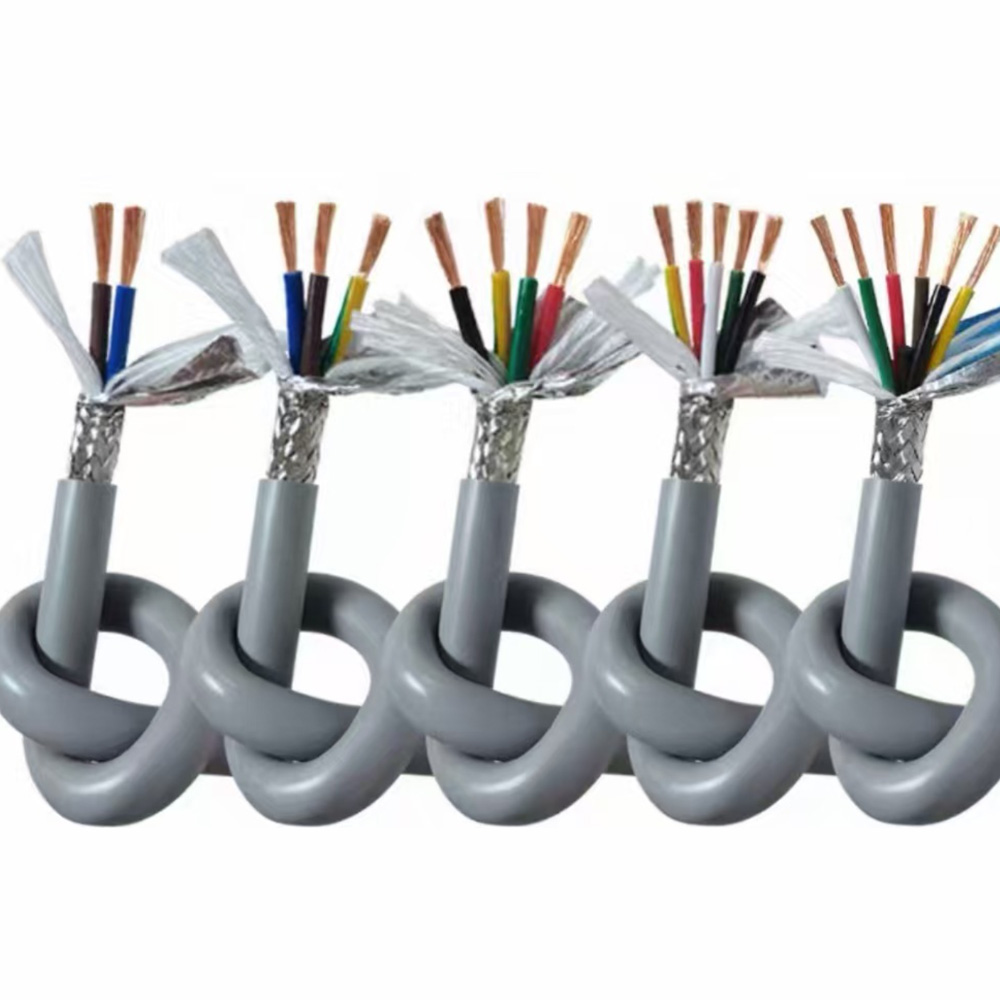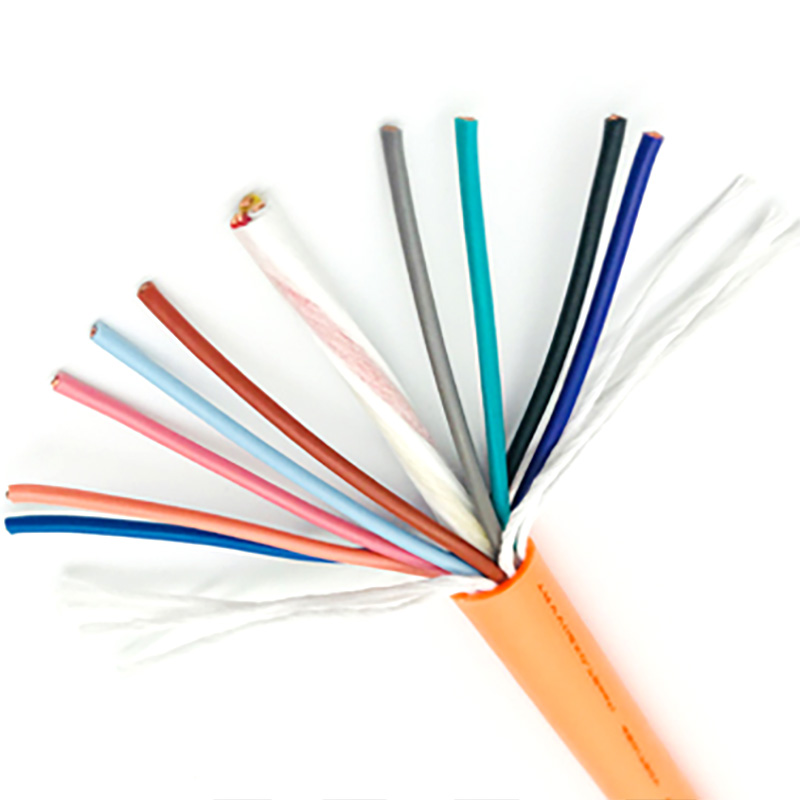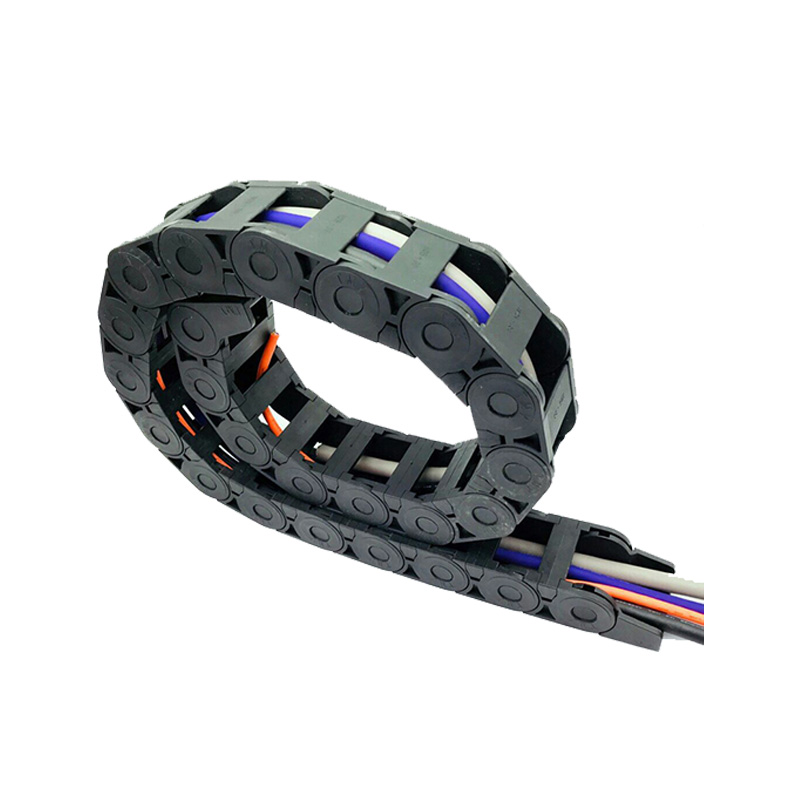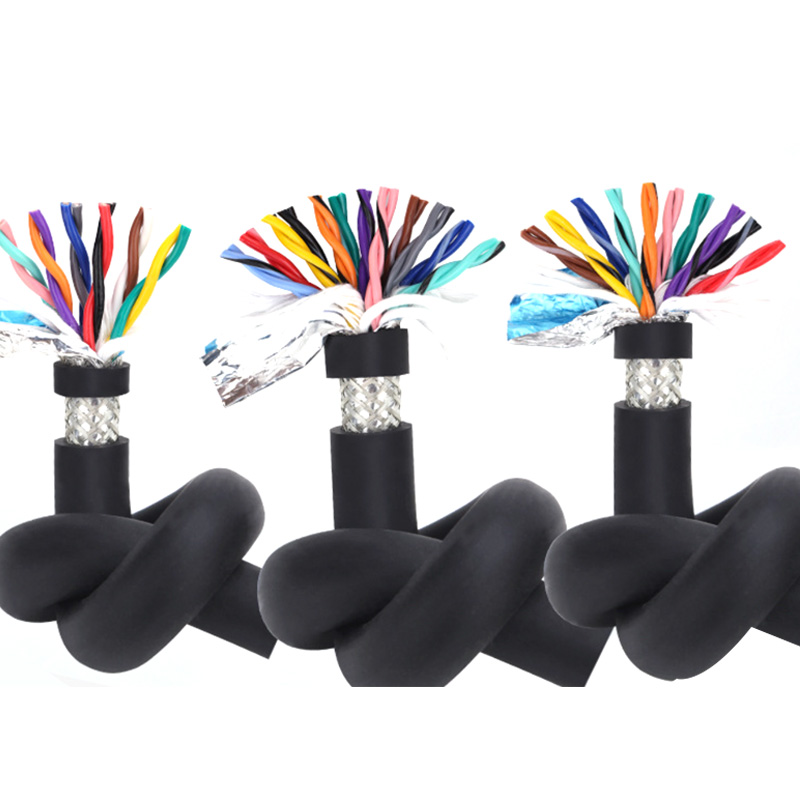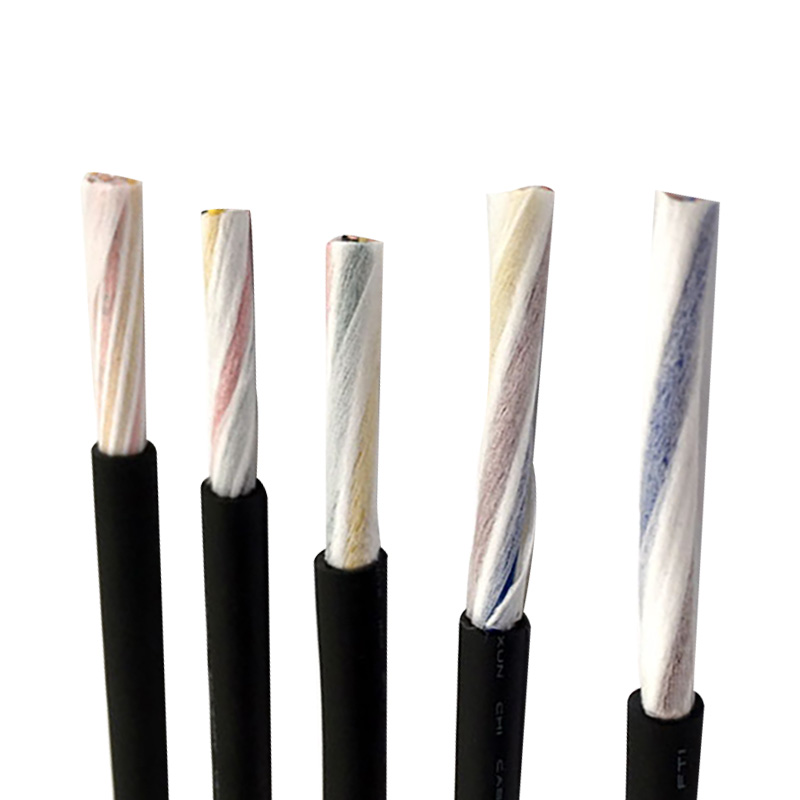
TPU Cable
TPU Cable
- Product Brief: Thermoplastic Polyurethane (TPU) cables are a type of high-performance cable known for their exceptional durability, flexibility, and resistance to various environmental factors. TPU, a versatile polymer, is used as the sheath or insulation material in these cables, imparting several key advantages.
Description
Thermoplastic Polyurethane (TPU) cables are a type of high-performance cable known for their exceptional durability, flexibility, and resistance to various environmental factors. TPU, a versatile polymer, is used as the sheath or insulation material in these cables, imparting several key advantages.
Firstly, TPU cables exhibit outstanding wear resistance and tear resistance, making them ideal for applications involving frequent movement, such as drag chain systems in automated machinery, robotics, and industrial equipment. They can withstand repeated bending, twisting, and abrasion without premature failure.
Secondly, they offer excellent flexibility, even at low temperatures, ensuring reliable performance in environments where cables need to maintain mobility. This flexibility also contributes to a long service life under dynamic conditions.
Moreover, TPU cables are highly resistant to oils, chemicals, UV radiation, and moisture, making them suitable for both indoor and outdoor applications, including harsh industrial settings, automotive industries, and marine environments. They also have good temperature resistance, typically operating within a range of -40°C to 105°C (or even higher for specialized grades), allowing them to function stably in extreme thermal conditions.
In addition, TPU is a non-toxic and environmentally friendly material, which expands its usability in applications where safety and eco-friendliness are priorities.
Due to these properties, TPU cables are widely used in robotics, automated manufacturing, material handling systems, outdoor electrical installations, and other fields that demand high reliability, flexibility, and durability.
FAQs
Common causes of flexible cable failure include:
Over-Bending: Bending the cable beyond its minimum bend radius (MBR) damages conductors and insulation. Prevention: Adhere to the manufacturer’s MBR specifications and use cable management tools (e.g., cable tracks) to control bending paths.
Abrasion & Wear: Friction with surrounding components wears down the sheath. Prevention: Choose cables with wear-resistant sheathing (e.g., PUR) and install protective conduits or cable carriers.
Environmental Damage: Exposure to chemicals, moisture, or extreme temperatures degrades materials. Prevention: Select cables rated for the specific environment and use sealing or shielding where necessary.
Incorrect Installation: Tension, kinking, or improper grounding can strain the cable. Prevention: Follow installation guidelines, avoid pulling cables tightly, and ensure proper grounding for shielded cables.
Eelecting the appropriate flexible cable requires considering several key factors:
Movement Type: Determine if the cable will undergo bending (single or multi-axis), twisting, or torsional movement—this dictates the required flexibility (e.g., high-flex for robotic arms vs. medium-flex for simple folding applications).
Environmental Conditions: Assess temperature range (from extreme cold to high heat), exposure to chemicals, oil, water, or UV radiation—choose insulation/sheathing materials (e.g., PUR for oil resistance, TPE for wide temperature tolerance) accordingly.
Electrical Requirements: Confirm voltage rating, current capacity, and signal transmission needs (e.g., shielded flexible cables for reducing electromagnetic interference in data applications).
Mechanical Durability: Evaluate the number of bending cycles required (e.g., millions of cycles for long-life industrial use) to select cables with suitable conductor stranding and sheath thickness.
lexible cables are widely used in industries and equipment where frequent movement is involved. Common applications include:
Industrial Automation: Robotic arms, automated guided vehicles (AGVs), and linear motion systems.
Material Handling: Conveyor belts, hoists, and cranes that require cables to bend with mechanical movement.
Medical Equipment: Portable devices (e.g., ultrasound machines), surgical robots, and patient monitors that need flexible wiring for mobility.
Consumer Electronics: Laptop power cords, headphones, and wearable devices where flexibility ensures user comfort and product longevity.
Automotive Industry: Wiring for folding side mirrors, seat adjustments, and retractable door handles.
A flexible cable is a type of electrical cable designed to withstand repeated bending, twisting, and movement without compromising its electrical performance or structural integrity. Unlike standard fixed-installation cables, which are engineered for static or minimal-movement applications, flexible cables feature specialized constructions—such as fine-stranded conductors (instead of solid or coarse-stranded ones), flexible insulation materials (like PVC, TPE, or PUR), and robust sheathing—that enhance their durability under dynamic stress. This design allows them to be used in scenarios requiring constant motion, such as robotic arms, conveyor systems, and portable equipment.
In industrial scenarios where dynamic motion and signal integrity coexist, standard cables often fail to meet requirements—either lacking flexibility for long-term bending or failing to block interference for precise signals. TRVVPS Twisted Pair Shielded Drag Chain Cable solves these pain points through its integrated design of twisted pairs, shielding, and high flexibility, ensuring reliable, stable, and long-lasting performance. It is a critical cabling solution for upgrading automation levels and improving production precision in modern manufacturing.


